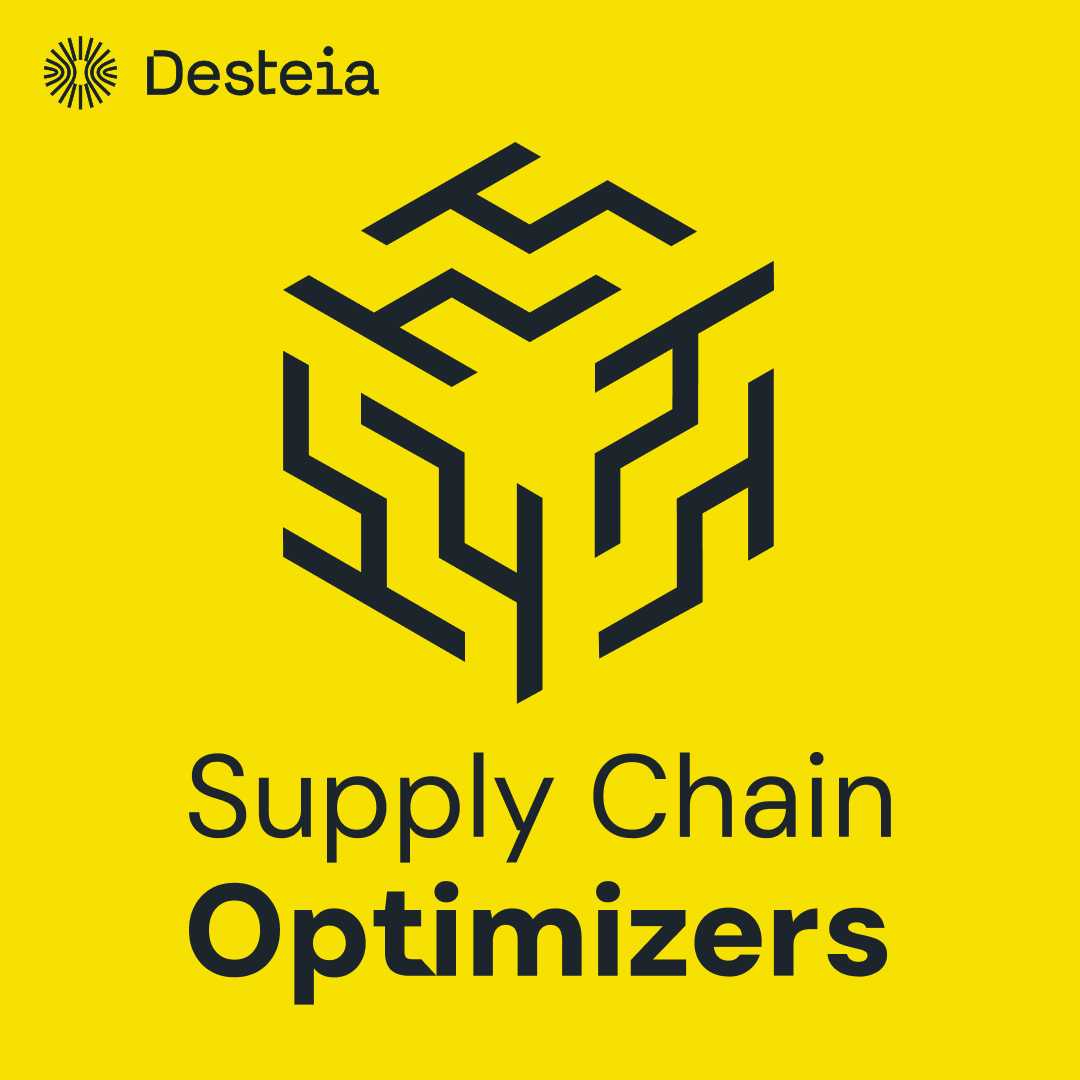Data Rich But Insight Poor: How to Optimize Multi-Echelon Inventory
October 9, 2025

What if your supply chain could operate with military grade precision using AI-driven insights?
In this episode of Supply Chain Optimizers, host Diego Solorzano speaks with Ralph Asher, founder of Data Driven Supply Chain LLC and a former Marine Corps officer, about leveraging systems thinking, decision science, and advanced analytics to tackle complex supply chain challenges. They explore how to bridge the gap between being “data rich but insight poor,” how to optimize multi-echelon inventory, and implement AI-powered strategies while balancing real-world constraints. Practical case studies and actionable insights make this episode essential for leaders seeking high-performance, future-ready supply chains.
What if your supply chain could operate with military grade precision using AI-driven insights?
In this episode of Supply Chain Optimizers, host Diego Solorzano speaks with Ralph Asher, founder of Data Driven Supply Chain LLC and a former Marine Corps officer, about leveraging systems thinking, decision science, and advanced analytics to tackle complex supply chain challenges. They explore how to bridge the gap between being “data rich but insight poor,” how to optimize multi-echelon inventory, and implement AI-powered strategies while balancing real-world constraints. Practical case studies and actionable insights make this episode essential for leaders seeking high-performance, future-ready supply chains.
Here are some of the key topics that Ralph and Diego discuss:
- How systems thinking transforms supply chain optimization
- Why being "data rich but insight poor" limits organizations and how to bridge the gap between data collection and actionable insights
- The practical application of AI and decision science in the supply chain through large-scale optimization models
- How to implement multi-echelon inventory strategies that balance service levels with cost efficiency
- Why successful supply chain transformations require early stakeholder involvement across functions
- The future impact of geopolitical shifts on sourcing analytics and supply chain visibility
- How to evaluate the true cost-benefit relationship between service level improvements and operational investments
- The essential balance between technical optimization capabilities and deep domain expertise in solving supply chain challenges
Ralph Asher is the founder of Data Driven Supply Chain LLC and an expert in network design, supply chain analytics, and decision science. With over a decade of experience across CPG, automotive, agricultural, and restaurant industries, he combines AI, optimization, and systems thinking to tackle complex supply chain challenges. A former Marine Corps officer and adjunct instructor at the University of Saint Thomas, Asher has held key roles at General Mills and Target, helping organizations transform operations through data-driven strategies and innovative supply chain solutions.
Key Highlights:
- 09:30 Systems Thinking in Supply Chain Network Design
Ralph reveals how systems thinking transforms supply chain optimization by examining interconnected trade-offs between facility locations, inventory, and transportation costs. While adding distribution centers reduces last-mile delivery costs, it increases facility and inventory expenses in a non-linear relationship that requires holistic analysis. Optimization modeling helps quantify these complex trade-offs by considering millions of variables and constraints simultaneously. Organizations must move beyond siloed metrics to understand how decisions in one area impact overall supply chain performance. Companies like Target have successfully applied this systems approach to optimize their sortation center networks, balancing local inventory positioning with efficient last-mile delivery routes.
- 16:20 The Data Rich, Insight Poor Paradox
Companies are collecting unprecedented amounts of granular supply chain data but struggling to translate it into actionable insights. While most organizations focus on descriptive analytics through dashboards, they often lack the foundational data infrastructure needed for advanced decision-making. Supply chain leaders must prioritize data management as the essential "basement" that supports more sophisticated analytics capabilities. Effective optimization requires not only raw data but also the ability to forecast demand, understand cost structures, and model complex scenarios.
- 23:00 Multi-Echelon Inventory Optimization Case Study
A national auto parts distributor with 100 local DCs sought to optimize its network by establishing regional DCs for slow-moving SKUs. Rather than using a simple Pareto analysis, they developed a sophisticated model that incorporated lost sales risk, bulk purchase rebates, and facility constraints. The solution provided SKU-by-unit recommendations, balancing inventory consolidation benefits against service level impacts. This real-world application demonstrates how combining network design with inventory optimization can unlock significant value.
- 28:57 Implementation Success Requirements
Successful implementation of supply chain optimization projects requires early involvement from all stakeholders before modeling begins. Organizations need dedicated project management, finance, real estate, and other functional experts aligned from the start. Without proper planning and cross-functional coordination, even the best models risk becoming "nice PowerPoint presentations" without real impact. Supply chain leaders must focus as much on execution planning as on the technical solution development. This approach ensures optimization insights translate into operational improvements rather than theoretical exercises.
Episode Resources:
- Ralph Asher on LinkedIn
- Data Driven Supply Chain LLC Website
- Diego Solorzano on LinkedIn
- Desteia Website
- Supply Chain Optimizers on Apple Podcast
- Supply Chain Optimizers on Spotify
Supply Chain Optimizers is handcrafted by our friends over at: fame.so